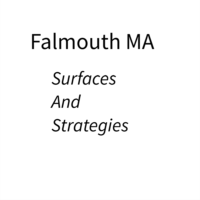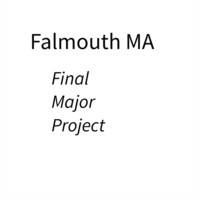When starting this week’s study activities on the interdisciplinary nature of photography and how it relates to other disciplines in the space of media my starting point was to ask the question how to I describe myself within the photographic discipline. The honest answer is that I more often than not I do not describe myself as a photographer instead I consider that I am a Creative. For me photography is a set of tools I use to realise my ideas and concepts. Currently I use photography to express my creative and artistic license.
My practice is already incorporates a multi-disciplinary approach into the different stages of the creative process. I have used films, music and paintings as input into the concept phase of my work. This is either as the kernel idea for a single image or to give context to a broader body of work. In capture phase currently I remain true to the rendering of 3D space into a two dimensional perspective view. During post-production the interdisciplinary approach where I will sometime incorporate specific cinematic looks as part of the image stylisation process. Mostly my end product is rendered in traditional printed form as either images or books.
Today photography is a competitive business and taking amazing photographs may no longer be sufficient to different yourself with your specific discipline. I was taken by a quote from Travel Photographer Laura Grier “you need to be a triple scoop photographer”. Her point is that today where traditional print media is dying and budgets for commissioning travel photographers are lower than in the past as a photographer you need to bring more than just photography in your bag of tools. A triple scoop travel photographer can take photographs write about the experience and product video content for publication via digital media.
During the webinar for this week there was a lively discussion on the fact most cameras now include the capability to shoot video and that some how they are different and maybe grabbing a still image from a video stream goes against the spirit of photography. The capture speed of a camera at 15fps is approaching that of traditional cinema film. 24fps. While video cameras can shoot 4k which exceeds the resolution of the second generation of digital cameras (Canon 1D Mk2 3504×2336 pixels.) My own view is that this convergence will only continue overtime and for me what is important is how the tool is used as opposed to the specific tool. Alexy Titarenko http://www.alexeytitarenko.com/ needed use slow shutter speeds to capture his images for city of shadows (1991-1994). At the opposite end of the spectrum a frame grab from high speed video is the only way to create some pictures from the natural world.
In my own practice I have used slow shutter speed techniques to create images for a number of experimental pieces and I plan to incorporate video into the capture, distribution and marketing elements of my discipline.




